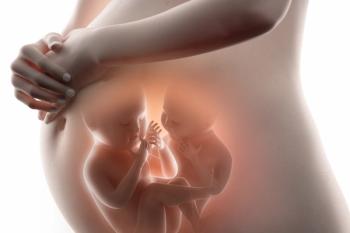
Results from a prospective study indicate that cfDNA testing for trisomy 21 may be just as effective in twin pregnancies as singletons.
a BELS-certified medical writer and editor, and an editorial consultant for Contemporary OB/GYN

Results from a prospective study indicate that cfDNA testing for trisomy 21 may be just as effective in twin pregnancies as singletons.
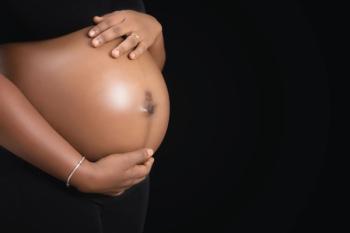
Results from a recent study hold promise for development of biomarkers that could be used to define risk of PTB in African-American women.

A new study examines if all benzodiazepines, regardless of drug or duration of action, carry the same risk of spontaneous abortion
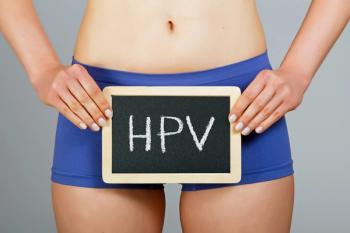
A new analysis calls into question current wisdom about the best strategy for cervical cancer screening.

Although training or access to training in abortion has been a mandated part of the core curriculum for ob/gyns residents, a new survey has found that many programs are not providing education in that area.

Although human papillomavirus testing with urine is slightly less sensitive than using cervical samples, it may be easier for women than going to a doctor’s office for a Pap smear.

A new analysis shows that in half of the United States, an incapacitated woman’s advanced directive about health care can be invalidated if she is pregnant.

A newly approved drug can significantly reduce the risk of fractures, but it carries a distressing "black box" warning.
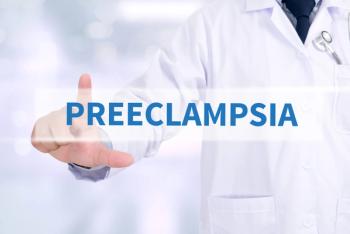
Testing circulating concentrations of placental growth factor could improve diagnostic time in suspected preeclampsia cases.

The proposed changes address mammographic technology, enhancing quality standards, and improving the way results of screening are handled throughout the healthcare system.

An analog of an endogenous human hormone has been approved as treatment, but it comes with a steep price tag.
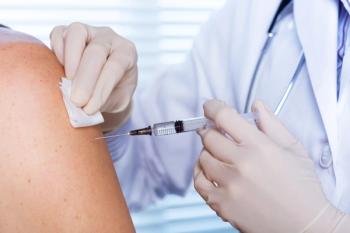
The much-anticipated results of an injectable progestin clinical trial did not align with previous research.
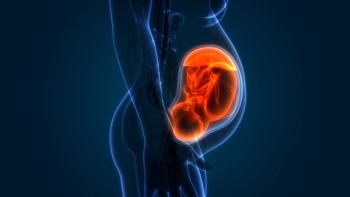
A new study suggests that changes in the fetal brain caused by infections during pregnancy may be linked with autism and possibly depression.

Findings suggest 3D mammography may have advantages over 2D mammography in several areas when it comes to cancer diagnosis in younger women.

New international research offers data that ob/gyns can use to better manage cholestasis in pregnancy and counsel patients about risk of stillbirth associated with the condition.

Referral for counseling is key for women at risk.
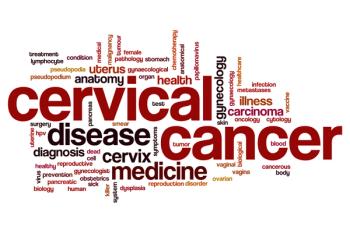
Automated evaluation of digital images of the cervix may have potential in point-of-care cancer screening, according to results of a proof-of-concept study.

To address limitations in previous literature on associations between ART and worse perinatal outcomes in offspring, researchers from Finland analyzed potentially harmful effects of ART using a sibling-comparison model approach. PLUS: Consumer and personal care products and BP in pregnancy. ALSO: How can racial disparities in breastfeeding be reduced in the American South?

A new round of lawsuits has been filed, aimed at hospitals in Ohio and a firm that specializes in temperature monitoring and reporting.

An analysis of recent US insurance claims data calls into question how effective educational campaigns to reduce antibiotic overprescription are in clinical practice.

A new study provides insight into what effect the ACA Medicaid expansion had on preconception insurance coverage among low-income women.
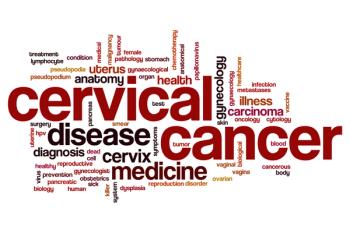
Although human papillomavirus (HPV) vaccination has decreased cervical cancer morbidity and mortality, secondary prevention through screening remains an important strategy. PLUS: Does being black influence hysterectomy route and outcomes? ALSO: Syphilis in pregnancy on the rise.

Two years after its bipartisan introduction, HR 1318 is now law. PLUS: Uterine transplantation from deceased donor results in livebirth. ALSO: Research has shown that route of delivery has an effect on the microbiome of newborns.

Results of a small study of ospemifene provide direct evidence of the effect of the drug on vaginal tissue, according to the authors.

In a new multicenter study, researchers took a fresh look at whether endometriosis patients were satisfied with the help they were getting from the health care system.

A new twist has emerged in the gene-editing controversy created by Chinese scientist He Jiankui. PLUS: Would a minimum-volume standard improve hysterectomy outcomes? ALSO: Can lidocaine reduce pain during IUD insertion?

While minimally invasive and open surgeries have been found to produce similar survival rates in other early cancers, that might not be the case for early cervical cancer. PLUS: At what age should cervical cancer screening stop? ALSO: How much do genetic variants affect breast cancer risk?

Results of a population-based study provide new perspectives on the interaction between spacing of pregnancies, maternal age, and the health of mothers and their offspring. PLUS: How do pessaries compare with progesterone for preventing early PTB? ALSO: Opioid abuse in rural mothers and babies - What are the risks?
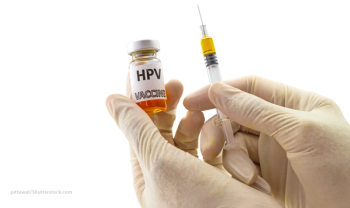
Results of a new population-based study in the setting of school-based immunization and education cast doubt on speculation that teens who receive HPV vaccination practice unsafe sex. PLUS: Does 3D mammography detect more breast cancers? ALSO: Can weight loss reduce breast cancer risk in postmenopausal women?

A recent study looked at which approach to second-stage labor results in higher spontaneous vaginal delivery rates and lower rates of maternal and neonatal complications. PLUS: What makes hospitals safe for mothers and babies? ALSO: Does eating meat increase risk for breast cancer?